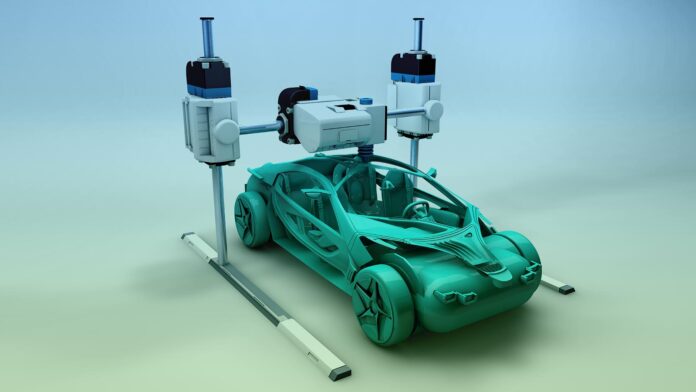Introduction to 3D Printing
3D printing has been gaining popularity in small-scale projects, but its adoption in large industrial environments has been slow due to limitations such as slow processing times and difficulty achieving consistent finishes. However, certain sectors like construction have already seen tangible results from this technology. Recent breakthroughs are expected to benefit other industries, with the automotive sector being the latest to join the party with a new steel alloy for 3D printing.
A Novel Technology for 3D Printing of Vehicles
Tesla’s factories have been using a metal casting process to produce vehicle parts, where molten metal is poured into a mold to form objects. This process, using a machine known as Giga Press, significantly reduces the number of parts needed to manufacture the chassis. However, it requires metal cooling systems and inert gases to speed up the process and achieve homogeneous results, with a current limit of 50 kilograms per part. The possibility of using additive 3D printing instead has led to an innovative project by two MIT students, in collaboration with a University of Paderborn advisor, to print with steel. Their result earned a prize in the ASM Education Foundation 2022 design competition.
The New Steel Alloy
The researchers used a material property calculation system called CALPHAD to formulate a new steel alloy with ideal characteristics for 3D printing. They melted and atomized the alloy into droplets, which solidified into a powder used as the raw material. By depositing layers of this steel powder and melting it with a laser, they achieved faster cooling times and improved result quality, enabling the printing of more complex parts. This new alloy has been patented and may soon be used to manufacture more sustainable electric vehicles.
Alternative 3D Printing Techniques
Recent years have seen the development of new 3D printing techniques using alternative raw materials to plastic, cement, or resin. Some of the most notable ones include:
Laboratory Wood
MIT labs have developed an innovative technology that generates a hard material through plant-like growth. By using living cells from the zinnia plant in a gel stimulated by plant hormones, they aim to manufacture one-piece furniture using molds in the future.
Printing with Light
A technology that solidifies resin a hundred times faster than conventional additive printing has been developed. It projects two beams of light onto a resin, solidifying it almost immediately in a polymerization process. The resulting pieces have no joints or points of union, making them more resistant than those obtained with traditional techniques.
3D Printing with Molecules
Researchers at the Jülich Institute for Quantum Nanoscience in Germany are applying similar strategies at the microscopic scale. By combining artificial intelligence and tunneling microscopes, they can move and position molecules at will. This breakthrough opens the door to the fabrication of molecular transistors with applications in quantum computing.
Conclusion
The possibilities of 3D printing are vast, from printing structures, food, or even living organs, to being a promising avenue for colonizing other planets. NASA and private companies are exploring the potential of additive printing to build structures on the Moon or Mars. As technology continues to advance, we can expect to see more innovative applications of 3D printing in various industries, making it an exciting field to watch.

